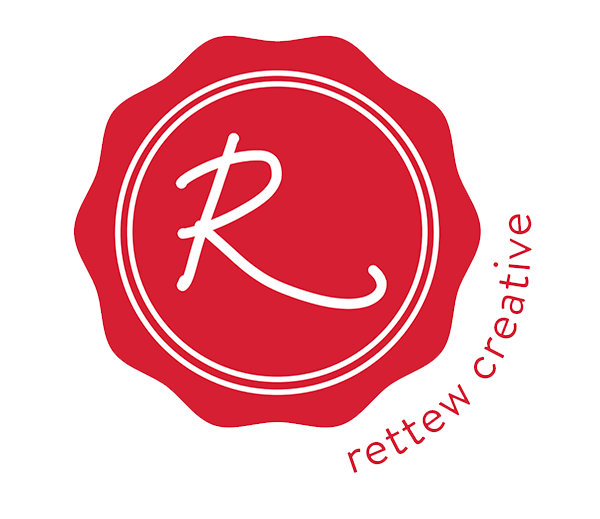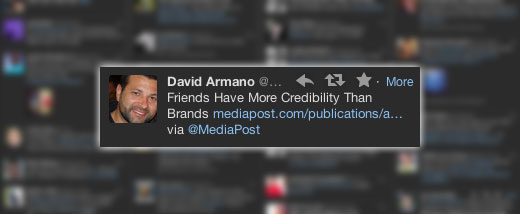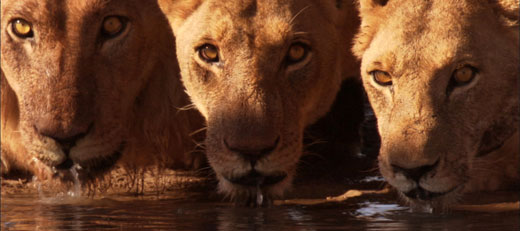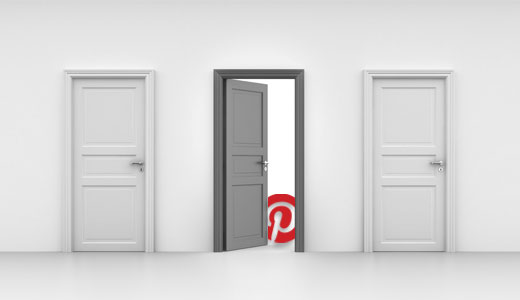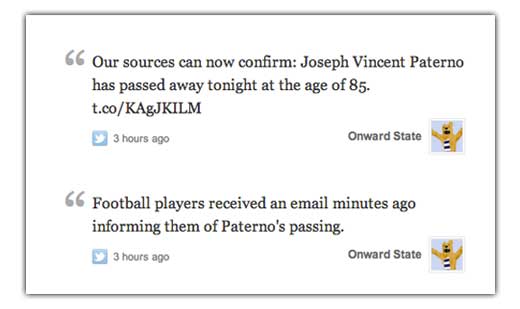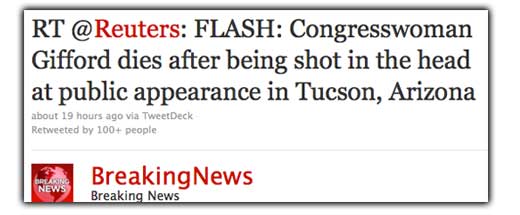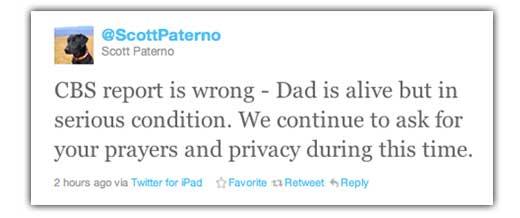So I am reading an article on Media Post that states that “Friends Have More Credibility Than Brands”. Hmm…interesting assertion but I am sure we need to dive into the survey they created to lay out this thesis.
“According to Nielsen’s Latest Global Trust in Advertising Survey, 92% of respondents in 56 different countries said they trusted word-of-mouth recommendation from their friends and family above all other forms of communication. That’s up 17% since 2007.”
OK…so all the Word of Mouth ambassadors are patting themselves on the back for this reinforcement of the WOM movement. Yes…I know that Word of Mouth rules in the world of marketing. But hold on a freaking second…where does that information originate? Where does the content come from? Hmm….
“Trust in television is down 24%; magazines, down 20%; and newspapers down 25%, according to the survey.) Overall, 47% of consumers worldwide said they still trusted those media, although the drops are substantial. Meanwhile, trust in online advertising is growing. Thirty-six percent of consumers trusted online video ads, and 33% believed online banner ads — up from 26% in 2007. Paid search engine advertising was deemed trustworthy by 40% of consumers, up from 24% in 2007.”
Ok…hold on a freaking second, did they just assume that since it is online advertising that it is Word of Mouth and not coming from brands?
“Only 58% of consumers trust “owned media” such as company Web sites, while only 50% said they found content in e-mails they received from brands (by consent) to be similarly credible. Only 40% of global respondents found product placements credible, about the same levels as radio ads (42%) and pre-movie cinema ads (41%).”
OK…I am really confused, where the hell did they generate the assertion that based on this statistical information that “Friends” have more credibility that brands. I am so confused. I am trying to connect their dots.
Alright…enough of my rant. So here is the point of analyzing this article; the main reason is this little Tweet from Edelman Digital’s social brand/golden child @Armano that caught my attention. BTW…he is kind of smart…I guess. I have not met him, though.
We have scene a massive shift over the last few years in the digital space legitimizing this claim. Social technologies have built digital communities empowering us to share and share alike. We retrieve our information from our Timelines in Facebook/Twitter and even Google+. We chat and connect with our friends, see what they like, see what political rants they are generating, their spiritual movements, their purchasing power…we watch it everyday.
YouTube and Pinterest have given us the visual cues our products, services, rhetorical messages that influence and shape our purchasing. We see a cool video of what the next iPhone looks like and we go nuts. We see how someone used Martha Stuart products to decorate a room on Pinterest…we haul ass to Lowes.
Or maybe those brands have figured out this social stuff out…maybe they are influencing the digital word-of-mouth, providing us digital swag to share. They still have to make money and sell their stuff…their services…their votes…their organizations mission statements. We are just empowered to share their swag because they have shifted into social mode.
But it is getting ready to shift back….YES! People are getting tired of too many damn status updates, opinions, blog posts, Pinterest pictures, videos to watch…all from “Friends”. All these opinions are TOO MUCH TO SIFT THROUGH. Why did you think Google is updating their algorithms…we have over SEO’d everything. LOTS OF NOISE linking back to MORE NOISE giving opinions about MORE NOISE.
I do not know about you…but when a major news story breaks, a new trendy product is released, a candidate decides to drop out of a race, a brand has a new product…all those friends are sharing the same damn thing. YES…they are…look at your timelines and you will see the same Re-Tweets and Shares that originated from “trusted” brands. Their influencers are just channeling the information and there are a lot of “influencers” out there. Maybe they are now “noise makers.”
The social share is out of control which is why numerous write-ups have been published surrounding the social exhaustion. Friends may have the credibility (in our minds)…but how much noise will they make until we start moving back to the horses mouth. Sometimes we just want to buy something and we do not need to be influenced to do it…maybe?
Brands with consistent messaging, great customer service, and commitment to traditional, online, and social strategies will continue to wave the social storm. Yes, we will continue to depend on Word of Mouth and our “Friends” opinions, but we are trimming the fat and looking past those who are trying to scream wolf just as loud as the next.
Or maybe we should re-define who is really a “Friend”?
***Read more: http://www.mediapost.com/publications/article/172180/friends-have-more-credibility-than-brands.html
***Picture from @Armano’s Status Update on Twitter
